By Brandon Nida
September 4 marks the end of fighting at the Battle of Blair Mountain, which was the largest example of class war in U.S. history. It was fought over the course of five days in 1921 by 10,000 coalminers. The coalminers were rebelling against inhumane conditions in the West Virginia coalfields. The region led the nation in mine fatalities and the coal companies controlled almost every aspect of mining families’ lives.
The miners had attempted to unionize for decades, but were constantly blocked by a corrupt political system, brutal intimidation for organizers, and other forms of harassment such as blacklisting where union sympathizers were barred from working in the region.
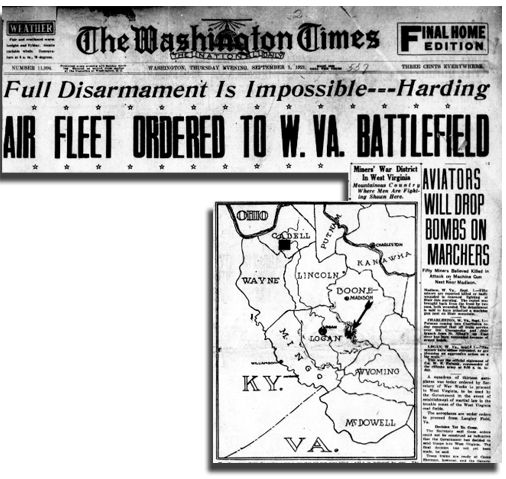
Front page story of the Washington Times, Sept. 1, 1921. While federal troops did not drop any bombs, the Logan forces dropped homemade bombs from private aircraft. Source: Library of Congress.
These struggles all came to a head when the United Mine Workers of America (UMWA) went on a national strike in 1919. The southern coalfields of West Virginia at this time were the only major coal-producing region that was non-union. The continued production in the region during the strike seriously undercut the UMWA’s position. After the national strike was resolved, the UMWA set their sights on the problematic region.
This began two years of determined efforts on the miners’ part to unionize these fields. The first efforts were focused on Logan County. The union organizers met stiff resistance from the county sheriff, Don Chafin, who was in the employment of coal operators. Chafin used intimidation, beatings, and even murder to keep the union out.
In 1920 the campaign shifted to Mingo County, during which a notable event was the Matewan Massacre on May 19, 1920. During this, the town sheriff Sid Hatfield sided with the miners in a gun fight against detectives from the Baldwin-Felts Detective Agency. This resulted in seven detectives being killed along with the mayor of the town. Hatfield became a hero to the miners, but he himself was gunned down on August 7, 1921, which further inflamed the situation.
After Hatfield’s murder, the miners began planning a march to Mingo County via Logan County. They started marching on August 24, armed with high-powered rifles and machine guns. Meanwhile, Don Chafin had his 3,000 person army dig in along roughly ten miles of the ridge line around Blair Mountain. The miners reached Blair Mountain on August 29, and the first fighting started on August 31. The battle was only halted when three regiments of federal troops were sent to the area and both sides laid down their arms peaceably.
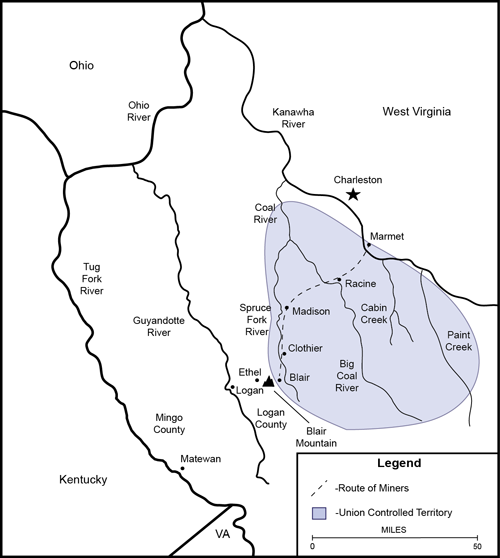
Map of the route the miners took to Blair Mountain and area they controlled during the battle. Click for larger view. Source: Brandon Nida.
Recent archaeological work has shown that the miners, many of whom were veterans of the recent WWI, were able to form an effective military strategy. They gained the ridge at one location and established a standard military operation that included a command center, a rear guard, and a perimeter. From the archaeological patterning, there was a heavy firefight at this location. The miners claimed they broke through in this area, but more archaeological evidence is needed to prove or disprove this claim.
Maybe even more important than the size of the battle or its ferocity is how the battle came to be. This is because the miners were from a wide range of backgrounds—Blacks who had moved from the South, white settler descendants, and immigrants from a large amount of European countries.
Most of the time when class solidarity is discussed, it is thought of in a way where class consciousness supersedes or wipes away other forms of consciousness such as racial or ethnic ones. However, when one digs into the history of the battle, it is obvious that class solidarity did not erase racial or ethnic issues. Instead, union organizers and officials worked diligently to address the civil struggles of Black miners.
For instance, Black miners served in a wide range of union political positions, and if the union would not have recognized this and other fundamental concerns of Black civil struggles, they would have had a much harder time uniting with Black miners. This does not mean that Black miners did not still face significant discrimination, but there was a large amount of progress as many racial lines were crossed.
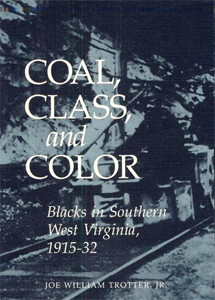
A seminal book in race and class relations as well as the formation of the Black working class. Out of print. View portions on Google Books preview.
This was true during the battle. One of the earliest committees formed to prepare for the march had three officers: one Black, one [U.S. born] white, and one [white] Italian immigrant. Throughout the campaign Black miners served as commanders and logistics officers. There is even one instance of a Black miner leading a troop of fighters to the front. The majority of Black soldiers in WWI were not allowed to be in combat, and so the fact that they were armed and leading white troops at Blair Mountain is an important historical milestone.
The same dynamics were at play with the many different immigrant groups. The UMWA was able to assimilate them to a substantial degree, which was something these groups often faced barriers to in their new life in America. The union also offered them positions of authority and respect as union officers. In this way and more, the miners wove the interests and concerns of immigrant families into their struggles.
All of this enabled the miners at the Battle of Blair Mountain to enact a degree of solidarity that was so strong it took three regiments of federal troops to stop it. This did not occur through simple class solidarity; instead the everyday interests of white, Black, and immigrant miners were woven into the larger struggle.
The true lesson of Blair Mountain is that when people come together in a way that genuinely attempts to integrate different struggles, one of the most powerful social forces for change can be formed. When poor white, Black, and immigrant people work together, that is what truly scares people in power.
As stated above, this mix of racial, ethnic, and class solidarities was not perfect. But it was something unique for the time, and its effect can best be summed up a by a white miner who fought in the battle: “I call it a darn solid mass of different colors and tribes, blended together, woven together, bound, interlocked, tongued and grooved together in one body.”
Brandon Nida received his doctorate from University of California–Berkeley where he examined the historic and archaeological record of the Battle of Blair Mountain. He is currently writing a book on this work. He is also one of the core people working to preserve the battlefield from current mining.
Related Resources
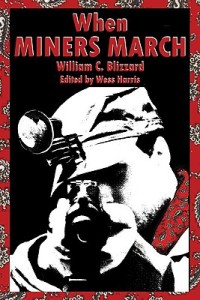 |
When Miners MarchBook – Non-fiction. By William C. Blizzard, edited by Wess Harris. 2010. 407 pages. |
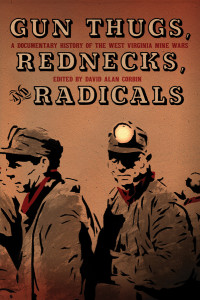 |
Gun Thugs, Rednecks, and Radicals: A Documentary History of the West Virginia Mine WarsBook – Non-fiction. Edited by David Alan Corbin. 2011. 288 pages. |
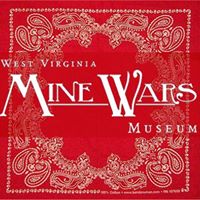 |
West Virginia Mine Wars MuseumThe West Virginia Mine Wars Museum preserves and interprets artifacts and historical records of the local communities affected by the West Virginia Mine Wars, exploring historical events from multiple perspectives through the lives of ordinary people. Learn more. |
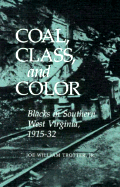 |
Coal, Class, and Color: Blacks in Southern West Virginia, 1915-32Book – Non-fiction. By Joe William Trotter Jr. 1990. 290 pages. |

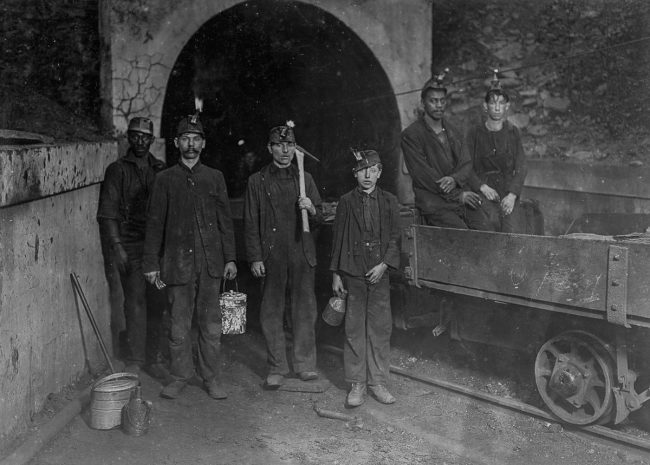
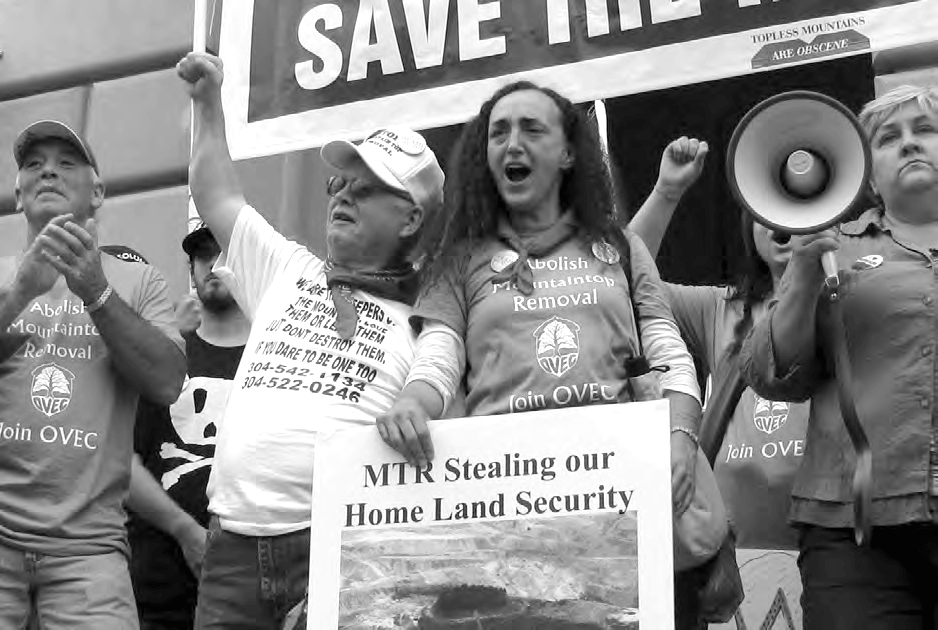

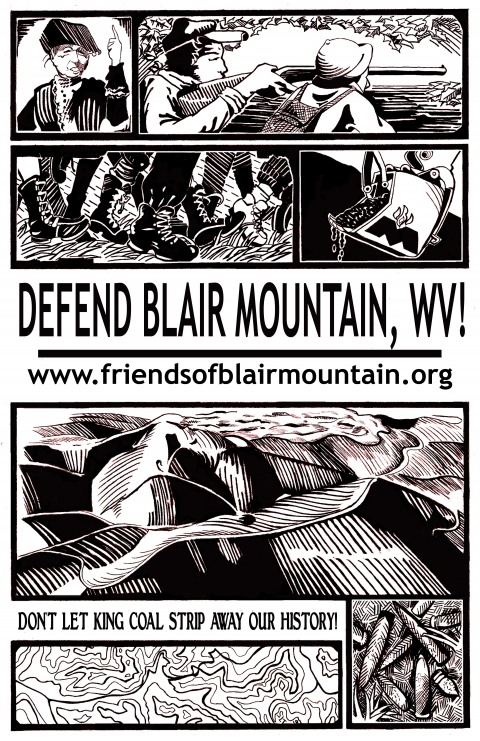
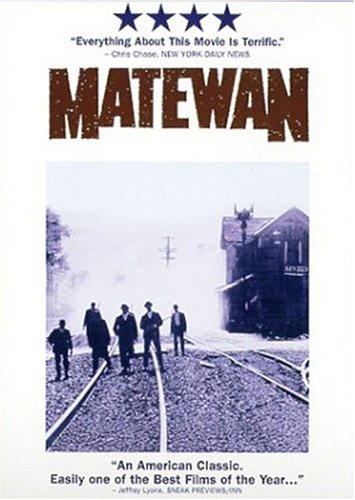





Twitter
Google plus
LinkedIn